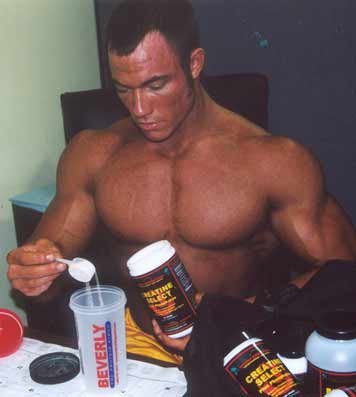
Hi Davey,
I’ve been getting back in to shape lately by going to the gym 2 - 3 times a week. When I first started, my muscles would become sore 1 - 2 days after my workout. Recently I’m finding that my muscles don’t become sore in the slightest. I am increasing the amount I lift but I’m cautious because I’m still getting back into it and I don’t want to harm my muscles.
Does this lack of soreness or stiffness in my muscles mean I’m not working hard enough?
Thanks and much love,
Eric
Hey Eric,
Congratulations on getting back into the swing of things and renewing your commitment to exercise!
First things first, muscle soreness that occurs 12 - 48 hours after exercise is called Delayed Onset Muscle Soreness (DOMS) - and it’s a good thing. Immediate muscle soreness or pain, on the other hand, is often related to injury - and immediate medical attention is encouraged. Since the soreness you experienced is the former, there’s no need for concern.
When exercisers start a new routine (just as you did), muscle soreness is very common. Since the new workout is a shock to the body, muscle soreness is a likely result. But, over time, the body will adjust - and soreness will tend to decrease. This is all very natural and part of the process.
Though many people become addicted to feeling sore after exercise, soreness isn’t required for muscle growth. Provided you have an effective strategy to target muscle growth, your muscles will continue to grow even if you don’t experience discomfort.
In this way, the age-old adage of “no pain, no gain” is certainly a fallacy.
Love,
Davey

















